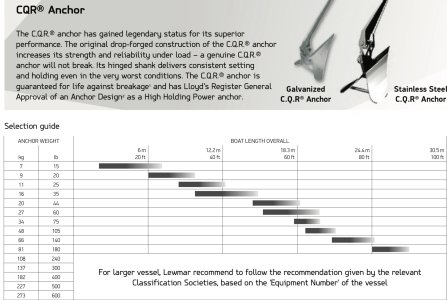Mister E
Well-Known Member
Was that in one of those red bit on the chartI'm stoked, I have a snubber somewhere just the same length, I was starting to think I was underendowed:
View attachment 157819
Hugely oversized anchor. Must not have heard that smaller anchors work best . Guy's a philistine, uneducated, needs to read the real experts on here.
: -)
.

